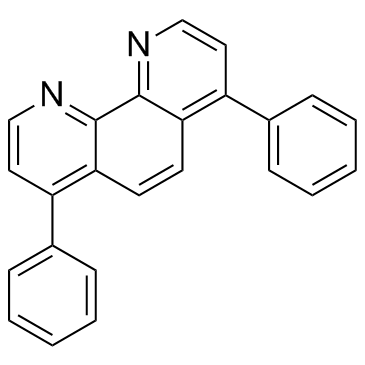| Structure | Name/CAS No. | Articles |
|---|---|---|
 |
2,2'-Bipyridine
CAS:366-18-7 |
|
 |
Uracil
CAS:66-22-8 |
|
 |
Bathophenanthroline
CAS:1662-01-7 |